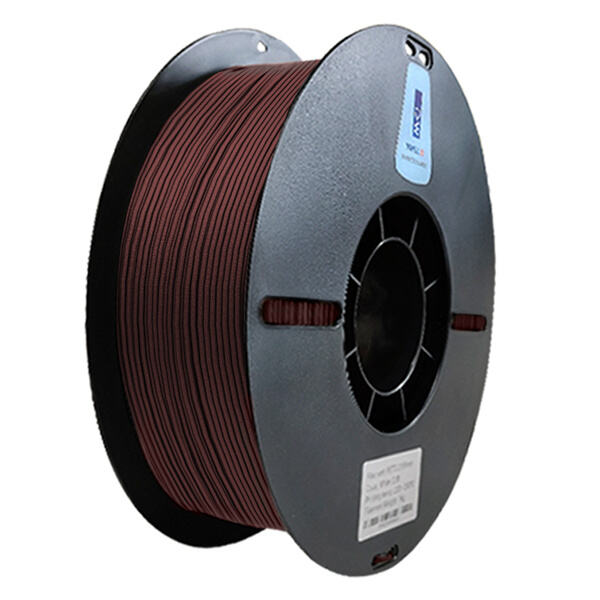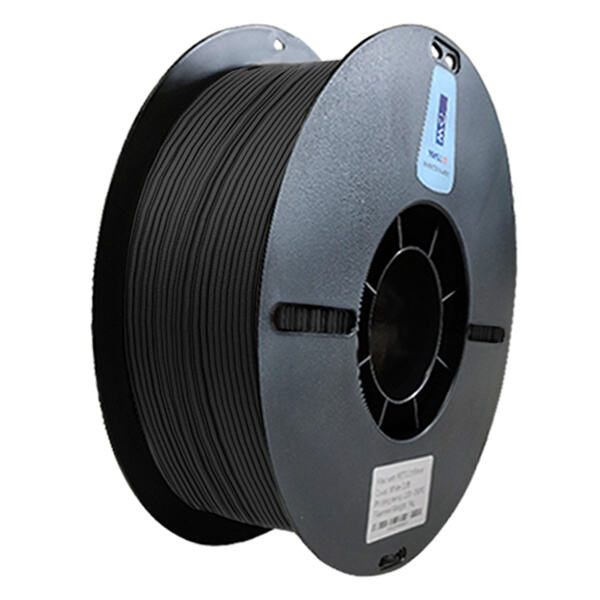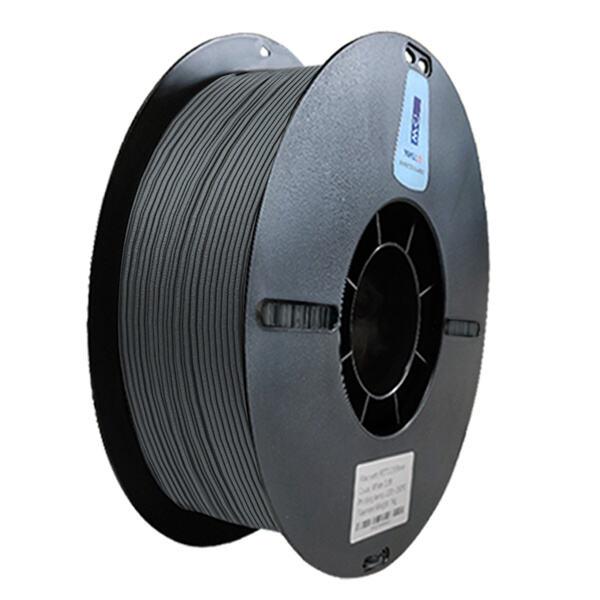What is PLA filament?
PLA filament is a type of 3D printing material that is widely used in the industry. It is a biodegradable, eco-friendly, and safe option for creating a variety of 3D models and prototypes. Dowell 3D Pla filament is made from renewable resources such as corn starch, tapioca roots, and sugar cane. This means that it is a sustainable and ethical choice for those who are concerned about the environment.
There are several advantages of using PLA filament for 3D printing. One of the most significant advantages is that it is easy to use. Dowell 3D 1.75 pla filament is compatible with a wide range of 3D printers, making it accessible to both beginners and experts.
Another advantage of PLA filament is that it is affordable. Compared to other types of 3D printing materials, PLA filament is relatively cheap. This makes it an excellent choice for those who are on a tight budget.

There have been several innovations in the development of PLA filament. One of the latest innovations is the addition of natural wood fibers to the Dowell 3D clear pla filament. This has resulted in an unique material that has the same texture and appearance as wood. It opens up new possibilities for creating 3D printed objects that look like natural wood.
Another innovation in PLA filament is the introduction of PLA blend. This type of filament is a combination of PLA and other materials such as rubber or carbon fiber. This results in a more durable and flexible material that can be used for more practical applications.

PLA filament is a safe option for 3D printing for several reasons. Firstly, it is made from natural and renewable resources, which means that it doesn't contain any harmful chemicals or toxins. Secondly, Dowell 3D pla filaments for 3d printers is biodegradable and can be recycled, reducing its impact on the environment.
Furthermore, PLA filament doesn't produce any harmful fumes or gases during the 3D printing process, making it safe to use in enclosed spaces. This makes it a great choice for home or small office 3D printing.

Using PLA filament for 3D printing is easy and uncomplicated. Firstly, the 3D printer needs to be set up with the correct settings, including the temperature, nozzle size, and bed leveling. Once the printer is ready, the Dowell 3D 1 kg pla filament can be inserted into the extruder and loaded into the printer.
It is essential to choose the right temperature for the printer, as PLA filament has a lower melting point than other types of materials. The recommended temperature for printing PLA filament is usually around 200-220 degrees Celsius. Once the 3D model is printed, it can be removed from the printer and any support structures can be removed.
The business is pla filament and has been awarded independents certifications from SGS, FCC, CE and more. The company is also designated as an Luoyang high-tech enterprises. Before leaving the factory, every products undergoes a rigorous tests and a reports is issued.
Dowell's primary customers research institutes, universities as well as technology-related companies. More than 20,000 customers are serviced across the globe, and they pla filament. They offer secures and reliable logistical services to ensures each product reaches it clients in total and full.
The pla filament is FDM/FGF printers as well 3D materials. Our most popular products includes FDM plastic filament printers as well as FGF plastics particle 3D Printers. 3D Materials includes PETG, PLA ABS, TPU and Glass Fiber, Carbon Fiber, PP and other composites materials.
Dowell's pla filament and manufacturing centers houses six series products and more 100 different types of models products, as well as 300 types spares parts. This enables Dowell to meet requirements of its clients. Dowell has been awarded numerous internationals patents and certifications.
PLA filament is known for its high-quality finish and excellent detail. Dowell 3D pla filament 1kg has a smooth and glossy texture that gives 3D printed models a professional and polished appearance. This makes it an excellent choice for creating prototypes, models, and even finished products.
There are several factors that can affect the quality of PLA filament, including the printer settings, the quality of the filament, and the design of the 3D model. It is important to choose high-quality PLA filament and to ensure that the printer settings are optimal for the desired outcome.